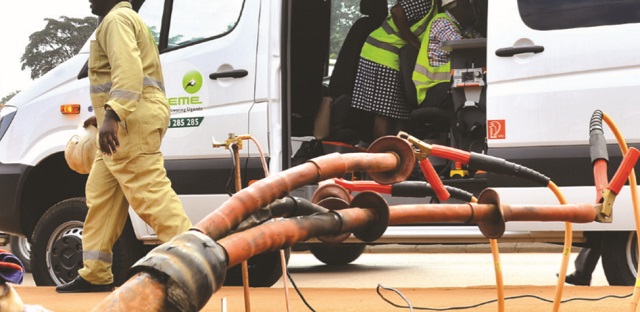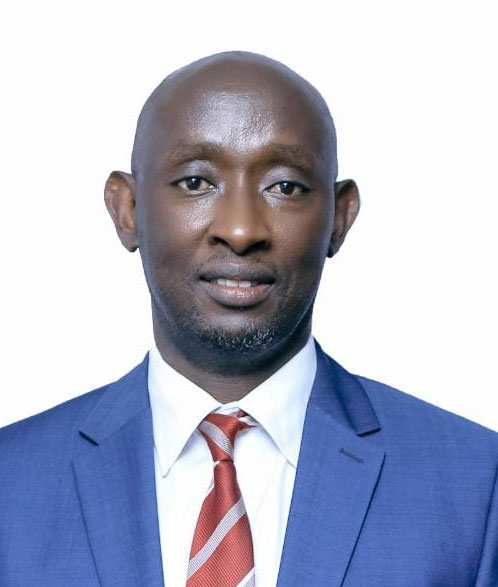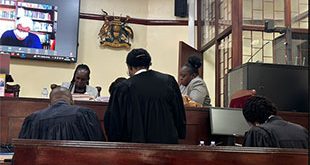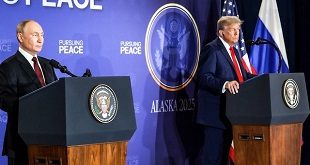
COMMENT | David Birungi | The announcement of the government’s position not to renew Umeme’s concession coincided with the Electricity Regulatory Authority’s annual public hearing on 2023 tariff proposals. Both events are important for the country, the latter being a subtle ritual. The statement issued by the ministry of energy and mineral development concludes by stating that “the Ministry is putting in place all measure to ensure universal access to clean, reliable and affordable energy”. It remains noticeably silent about safety.
Minister Ruth Nankabirwa’s iconic announcement ended 5 years of speculation since the 18th of March 2018 President’s letter that rightly sought clarity on the quality-of-service delivery from Africa’s most successful utility, Umeme. It gave the much-needed clarity, to the investors, bankers, and shareholders alike. It also sets a good stage for national reflection on self determination for national energy security among many concerns.
The honorable minister of Energy and Mineral Development also announced that a new vertically integrated energy company, Uganda National Electricity Company Limited (UNECL) shall be created to takeover the roles of generation, transmission, distribution and therefore a single system operator and controller.
Did Uganda’s democratic path, in the late 1990s, also democratize energy access? This is one of the many areas that President Museveni scored big wins for the country. The 1999 energy sector reforms delivered the best outcomes here, in Uganda, than anywhere else on the African continent.
Between 1957 and 2005, (for 48 years) Taxpayer funded UEB and UEDCL connected only 292,000 Ugandans to the electricity grid. That is an average of 6,000 customers a year. Umeme has, in 18 years, connected over 1.8 million customers so far. That is an average of over 100,000 customers per year. Even with this good performance, our electricity access rates are unjustly low. We will need to ask UNECL to close this gap with tangible targets. Access to clean, affordable energy is a justice issue that breaks the barriers of growing inequality in society.
Shall UNECL give us more energy security? President Museveni has repeatedly regretted the Bujagali Dam delays. Our miniscule installed capacity of 2000 Megawatts is not enough to power a $38billion Ugandan economy that is projected to grow at 5-6% in the medium and long term. An economy that is fast urbanizing at 23% and, in the middle of an Import substitution strategy that involves opening over 25 industrial parks across the country. Fellow countrymen, we do not have excess electricity as alleged. We need more.
Will UNECL attract patient capital to develop a good clean energy mix that guarantees our energy security? Shall it be funded through the tariff? The political leadership that delivered the energy sector successes is still in place and in charge of our self-determination.
What promises will UNECL make on the end-user tariff? President Museveni has been unequivocal on the industrial tariff, for good reason. We need to attract and retain investors. Industrial customers drive down the tariff for everyone if we can maintain reliable supply.
The annual public hearing conducted by the Electricity Regulatory Authority are intended to check private interests, like those held in Umeme guaranteed 20% ROI, and safeguard public interests like social safety nets embedded in the end-user tariffs. They also provide a good feel effect of a thriving participatory democracy we have built over the years. I am not aware of how much of the public concerns end up in the final tariff numbers, if at all.
Since UNECL shall be a vertically integrated government utility managing the whole value chain from generation to our 240 volts sockets, will there be need for these public hearings? It is assumed that UNECL shall be working in public interest. What tariff structure do they promise?
Lastly, the UNECL faces a daunting task of keeping us and our assets safe. How did UEB keep people safe? There were no emergency reporting numbers. UNECL inherits over 80 substations, a combined 50,000km of distribution grid, 10,000 transformer zones and millions of power sockets in people’s homes and businesses. All these are points of possible contact with a latency to kill or injure us.
Shall we have these prenuptial conversations?
*******
 The writer is a former energy sector worker who was nominated for the Prestigious “African Power and Energy Elites -2019” for his work in Public Affairs of the Energy Sector in Uganda. LINK
The writer is a former energy sector worker who was nominated for the Prestigious “African Power and Energy Elites -2019” for his work in Public Affairs of the Energy Sector in Uganda. LINK
He is also the Public Relations Manager – Airtel Uganda
 The Independent Uganda: You get the Truth we Pay the Price
The Independent Uganda: You get the Truth we Pay the Price



